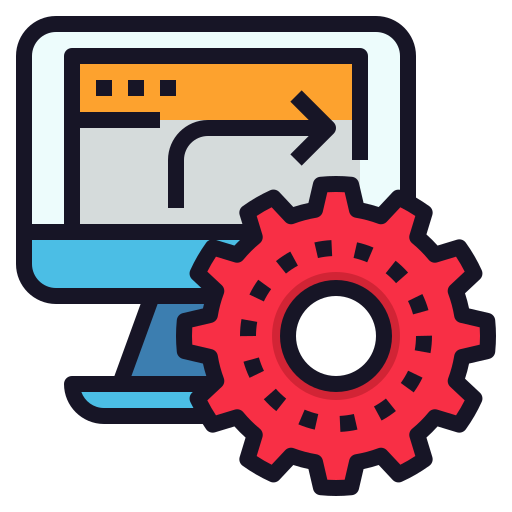Web Development Automation Trends

As website developers, automation can increase our capacity to do more, reduce the time and cost of our projects, and allow us to skip the boring parts of our job (let’s be honest!).
I began developing at a time when there were no helpful tools like frameworks, user interface (UI) kits, application programming interfaces (APIs), or software development kits (SDKs) to speed up our processes. Over time, I’ve seen innovations like these change the pace and possibilities in web development. And now, with the creation of cloud services, we can even do our work from the comfort of our homes rather than relying on dedicated server racks at the office.
Automation is one of the most exciting new tools being added to our development toolbox. Recently, three automation trends stood above the rest that I will briefly cover here – Headless Content Management Systems (CMS), UI builders, and artificial intelligence (AI) copilots.
Headless CMS
Headless Content Management Systems (CMS) are a quick way to scaffold content in both the back and front ends of development. Popular programs include Keystone and Strapi JS. These systems allow developers to skip time consuming initial set-up stages. First, you define a schema, such as your stakeholders, role assignments, access controls, and the relationship between the data and how it changes over time. Then, the software takes these schema responses and scaffolds the set-up code for you. In about half an hour you can create all your base components with a Headless CMS. There is also the option to blend custom-built components with automated components, and integrate CI/CD tools and cloud computing services for full control over the final product.
UI Builders
There has been a renaissance of user interface (UI) building tools that continue to blur the line between front and back end development specializations. Some examples are OpenChakra, FlutterFlow, Webflow, and Craft JS. These tools are transformational to the tedium of “pixel-pushing”, where a frontend developer repeatedly tweaks and re-tweaks their code to get something to look exactly like the design. UI builders come ready with templates right out of the box that can be used for design and development. However, one of their most impressive features is the ability to support Figma/Sketch files and automatically translate them into code. It does require some clean-up of the code since it is not yet a perfect translation, but improvements to this feature could make it an indispensable tool for developers. UI builders can save developers a lot of time (especially if they are pixel-pushers) and have the potential in the future to be as transformational for developers as Figma and Sketch have been for designers.
AI Copilots
Artificially intelligent (AI) copilots assist with writing applications, but are not capable of writing entire applications on their own. Some examples of AI copilots are GitHub (built from OpenAI, which has a large machine learning enthusiast following), Tabnine, and Kite. AI copilots work by taking in a description written by a developer of concrete examples that explain what they would like the code to do. The copilot then uses this description to write the necessary functions for you. The code is certainly not perfect all the time, but it is highly impressive that with just simple context it is capable of doing some writing to help speed up the development process.
At this stage of AI innovation, one of the copilot’s most helpful uses is code completion, where it studies your code base and makes real-time suggestions as you write. Through this method, the AI copilot learns to emulate your human-written code. This is vastly different from the auto-generated code made by other types of software that typically include many division tags or strange IDs that need to be cleaned up by the developer. An AI-copilot’s suggestions are sourced from your existing code base, helping you to create consistent code faster, all while retaining readability.
What’s Next In Automation?
As these automation tools continue to improve into the future, I think we will see more integration between the fields of Headless CMS, UI Builders and AI. For example, the ability to leverage AI to generate back end code using the tooling of Headless CMS. Or asking AI to create a schema in a UI builder that includes specific data types and relations, and have it do that work. AI could even be used to create some content directly from our design teams if integrated with UI template software.
With all the possibilities of automation, I do not think developers will be out of work any time soon. Instead, I think development jobs may become more specialized, with less focus on pixel-pushing or traditional scaffolding, and greater emphasis on iterating and improving development processes over time. The pace of innovation in website development automation has been impressive, and I’m looking forward to seeing where these new possibilities lead us through next year and beyond.
